Detailed checklist, divided into organisational and technical points.
Software (operating systems and programs)
Hardware (devices)
- Define a person who will be responsible for the following areas:
- Managing licences
- Periodically reviewing licences
- Periodically reviewing updates
- Replace/update outdated programs, according to risk assessment
- Decide whether private programs are allowed
- Make sure private programs are also updated
Hardware (devices)
- Take an inventory of all devices (e.g., PCs, servers, network devices)
- Replace outdated systems, according to risk assessment
- Physically protect existing systems (e.g., access)
- Decide whether private devices are allowed
- Check private devices for security before use
- Use only current operating systems and applications
- Use only current applications
- Isolate old systems from the network
- Maintain an inventory management system for hardware and software and keep it up to date
Why do all of this?
Your guarantee for secure, functioning IT.
Adding software improvements and software renewals (patches and updates) are central issues when it comes to the security of your IT. This is because a lot of these improvements relate to security gaps in the operating system or even normal application software. One of the most important measures to undertake to be on the safe side is to install all updates for all software as quickly as possible. Basically, a patch fixes a bug in the software. An update, on the other hand, fixes several errors and can also implement new features in the software. The most important thing here is the operating system. Because of its widespread use, Windows is a popular target for hackers. It is therefore essential to always be using the latest version of the operating system.
Who will support me in my region?
- Alle Regionen
- Zürich
- Ostschweiz
- Bern & Nordwestschweiz
- Zentralschweiz
- Romandie
- Ticino
- Wallis
- Österreich
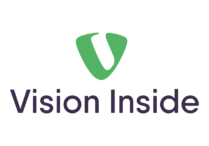
Vision-Inside AG
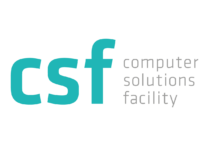
CSF Computer Solutions Facility AG
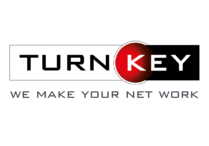
TurnKey Services AG

ANOMAL GmbH
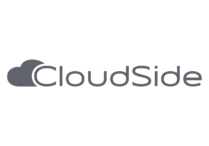
CloudSide AG
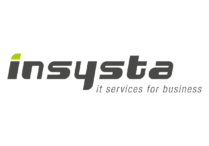
insysta GmbH
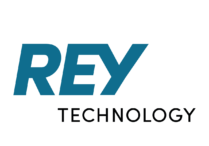
Rey Technology AG
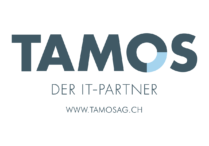
TAMOS AG
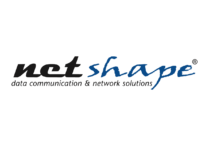
netshape AG
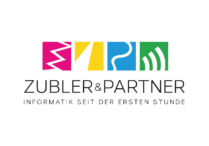
Zubler & Partner AG
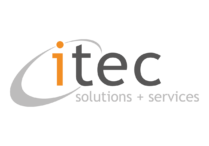
itec services AG
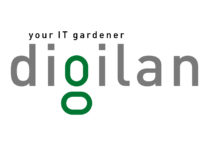
Digilan AG
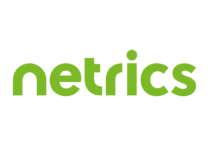
Netrics AG
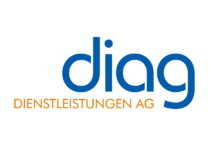
diag Dienstleistungen AG
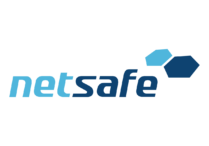
Netsafe AG
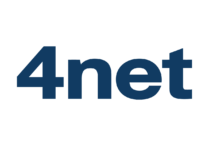
4net AG

sl.one AG

Continis AG
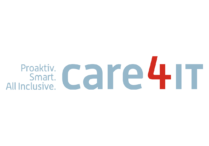
care4IT.ch AG
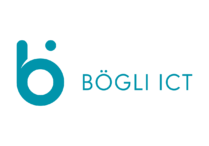
Bögli ICT AG

Selution AG
Dacor Informatik AG
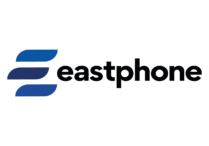
eastphone ag

Dreikom AG

inconet technology AG

Vision-Inside AG

ANOMAL GmbH

Rey Technology AG

Zubler & Partner AG

Netrics AG

diag Dienstleistungen AG

Continis AG

care4IT.ch AG

Bögli ICT AG

eastphone ag

inconet technology AG

Vision-Inside AG

Rey Technology AG

TAMOS AG

netshape AG

diag Dienstleistungen AG

Netsafe AG

4net AG

sl.one AG

Bögli ICT AG

eastphone ag

inconet technology AG

Vision-Inside AG

CSF Computer Solutions Facility AG

Zubler & Partner AG

itec services AG

Digilan AG

Netrics AG

Selution AG

Dreikom AG

inconet technology AG